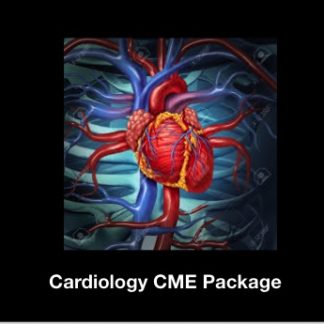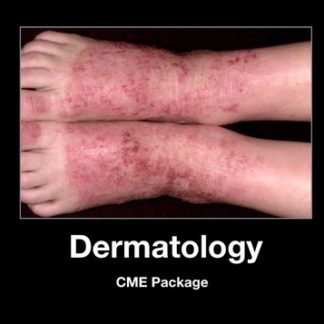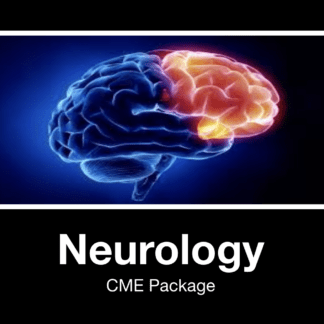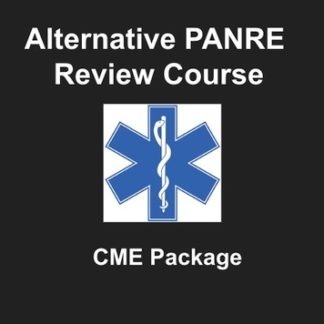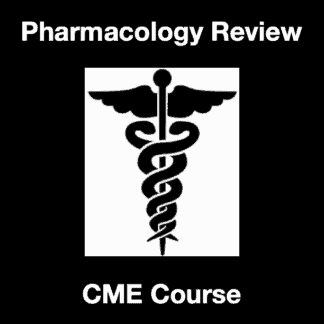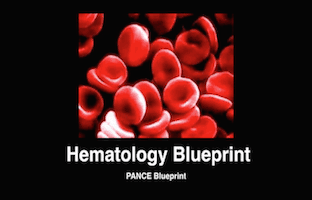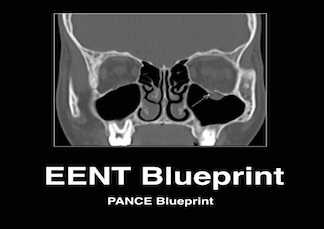Description
Psychiatry Blueprint PANCE/PANRE Review and Video
This section is review of the Psychiatry Behavioral Section for the NCCPA Blueprint topic list for the PANCE and PANRE. This section contains the Psychiatry Lecture Video (1:08:15), as well as 68 Psychiatry PANCE Style Multiple Choice PANCE style questions, answers and detailed explanations over this section. Psychiatric/Behavioral Blueprint Lecture Slides are also included. This section will be continuously updated and you will be given access for 30 months.
This Psychiatry section is designed for physician assistants preparing to take the PANCE/PANRE. Medical students preparing for the USMLE and COMLEX may find this section helpful.
We do offer Category 2 CME with Amazon and Apple Gift Cards. Click here if interested in CME with Amazon and Apple Gift Cards.
This is in a mobile friendly form.
Psychiatry Blueprint Preview Questions, Answers, and Detailed Explanations:
Psychiatry/Behavior Blueprint
Questions, Answers, and Explanations
Question 1
1. Your patient is a 85 year old male that presents with depression with suicide ideation. He has attempted suicide in the past by overdose but was not successful. He has never married. He is a retired factory worker and lives in apartment by himself. Which of the following is the most accurate statement regarding the above patient.
A. Females are much more likely to successful at suicide than males.
B. There is a less likelihood of suicide in an older patient.
C. Patients that have never married have an increased risk of suicide.
D. Unskilled laborers have a lower risk of suicide.
Answer 1
1. Choice C is the correct answer. Patients that have never married have an increased risk of suicide. Females attempt suicide more often but males are much likely to succeed. Unskilled laborers have a higher risk of suicide. There are many young people that attempt suicide, but as a rule of thumb suicide risk increases with age.
Question 2
2. Your patient is a 24 year old male that presents with excessive worrying for 6 months. This is accompanied by sleep disturbance and irritability. There is no specific focus that seems to exacerbate his symptoms. The patient states he has difficulty concentrating. Which of the following is the most likely diagnosis?
A. Phobia
B. Panic Disorder
C. Generalized anxiety disorder
D. Post Traumatic Stress Disorder
Answer 2
2. Choice C is the correct answer. Patients with generalized anxiety disorder present with excessive worrying on most days for at least 6 months. The patient finds it difficulty to control their worrying. The patient may have sleep disturbance or difficulty concentrating.
Question 3
3. Which of the following are considered first line in treating Generalized Anxiety Disorder (GAD).
A. Paxil
B. Elavil
C. Depakote
D. Ativan
Answer 3
3. Choice A is the correct answer. First-line treatment for generalized anxiety disorder include SSRIs and SNRIs. Anticonvulsants, benzodiazepines, and tricyclic antidepressants are considered second line medications or adjunctive medications.
Question 4
4. Your patient is a 18 year old female presents with low body weight, in an intense fear of gaining weight. She also feels that she’s overweight. Which of the following is the most likely diagnosis?
A. Anorexia nervosa
B. Bulimia Nervosa
C. Hypothyroidism
D. Methamphetamine Abuse
Answer 4
4. Choice A is the correct answer. Patients with anorexia nervosa present with the restriction of energy intake and leads to low body weight. These patients have an intense fear of becoming overweight. They also have a distorted perception of their body. Patients with bulimia have episodes of binge eating and use compensatory mechanisms to prevent weight gain such as vomiting and/or laxative abuse. Patient hypothyroidism typically do not lose weight and gain weight.
Question 5
5. Your patient is a 45-year-old male that presents with episodes of depression and episodes of hypomania. He’s also been suffering with sleep disturbance difficulty concentrating. There has been no episodes of true mania. He has no active homicidal or suicidal ideation. Which of the following is the most likely diagnosis?
A. Bipolar I Disorder
B. Bipolar II Disorder
C. Adjustment Disorder
D. Dysthymia
Answer 5
5. Choice B is the correct answer. Bipolar II disorder is defined as at least one hypomanic episode, and at least one depressive episode without mania. Bipolar I disorder has manic episode and nearly always experienced major depressive episode and hypomanic episodes.
Question 6
6. Your patient is a 45-year-old male he presents with fantasies of unlimited success and power. This patient lacks empathy in shows arrogant haughty behavior. He has a sense of entitlement and favorable treatment. Which of the following is most likely diagnosis?
A. Borderline Personality Disorder
B. Narcissistic Personality Disorder
C. Antisocial Personality Disorder
D. Conduct Disorder
Answer 6
6. Choice B is the correct answer. Patients with narcissistic personality disorder have grandiose and self importance. Are preoccupied with fantasies of unlimited power and success. The patients lack empathy. Antisocial personality disorder and conduct disorder feel that the rules of society do not apply to them. Patient with borderline personality disorder are often histrionic and have impaired relationships, and are impulsive.
Question 7
7. Your patient is a 25 year old male that was brought in by his parents because he believes he is the next prophet. He is reciting from the bible and is not making sense. This has been persistent for about two months. He has had no history of mental disorder or medical problems. His medical workup is normal. Which of the following is the most likely diagnosis?
A. Delirium
B. Schizophrenia
C. Delusional Disorder
D. Schizoaffective Disorder.
Answer 7
7. Choice C is the correct answer. Delusional disorder it Is characterized by one or more delusions for at least a month. There’s also exclusion criteria for meeting any criteria for schizophrenia. Schizophrenic patients typically have a disturbance for at least six months in the absence of any medical condition. Delirium is a false belief unusual thought secondary to a medical condition.
